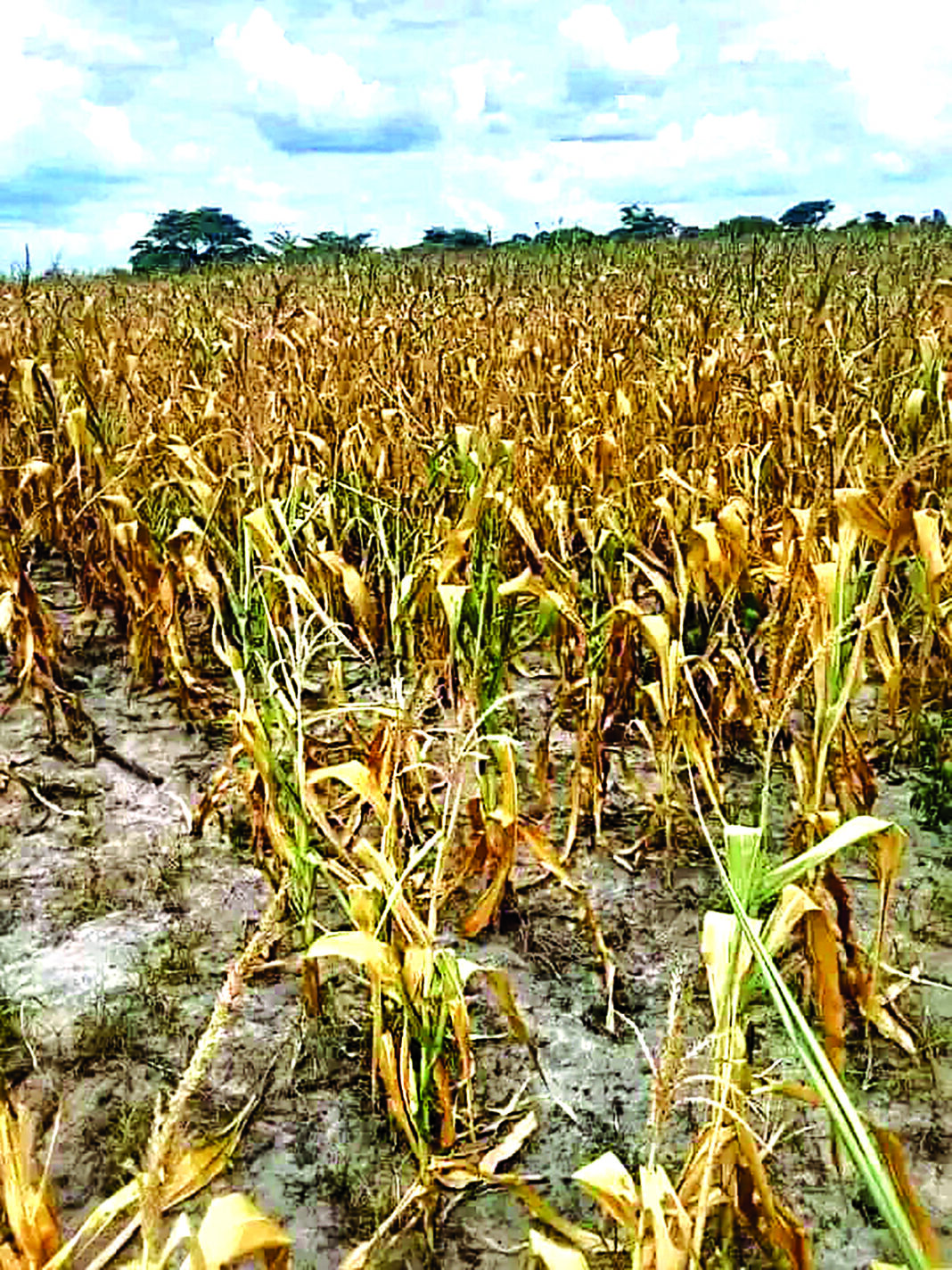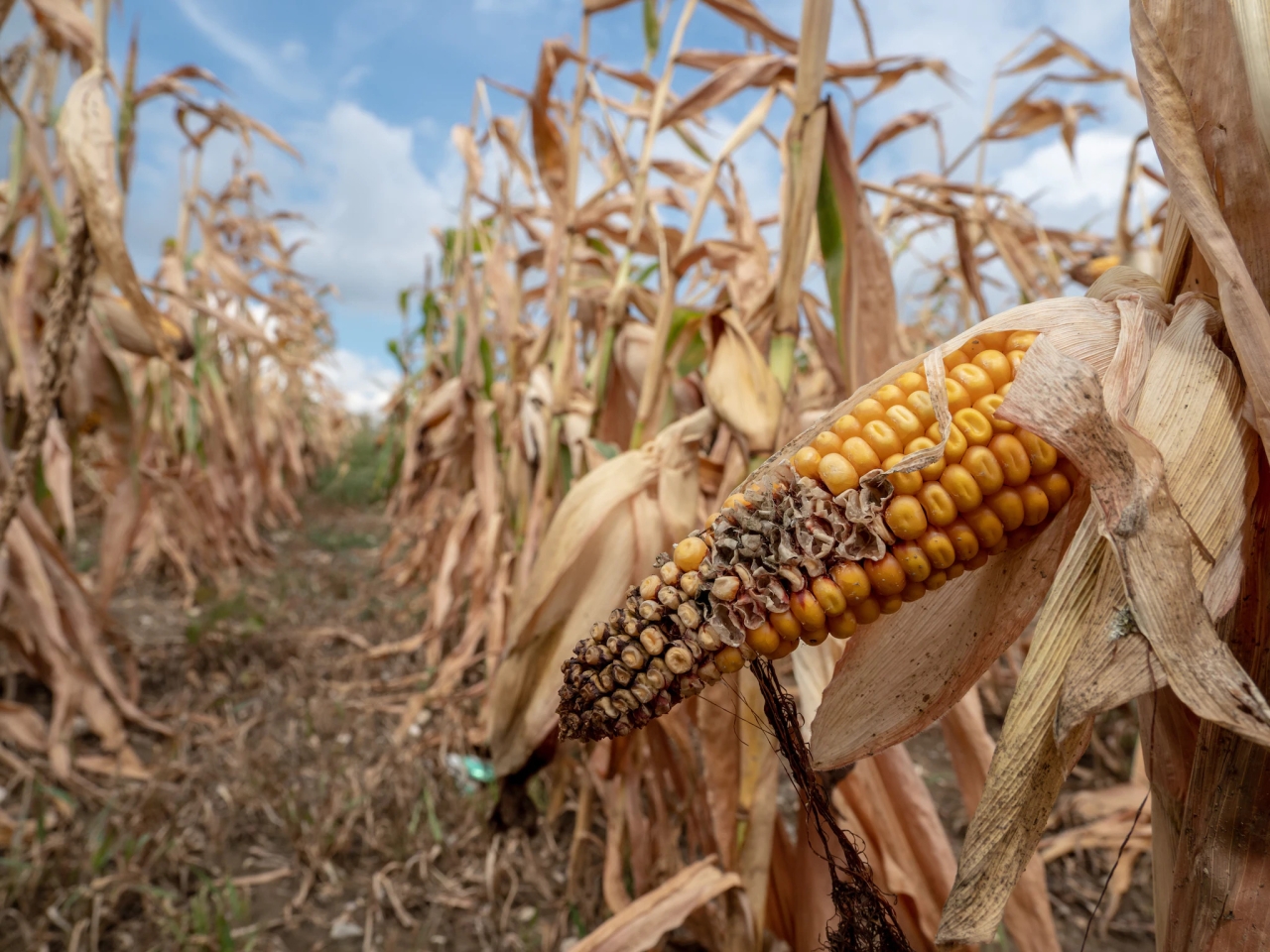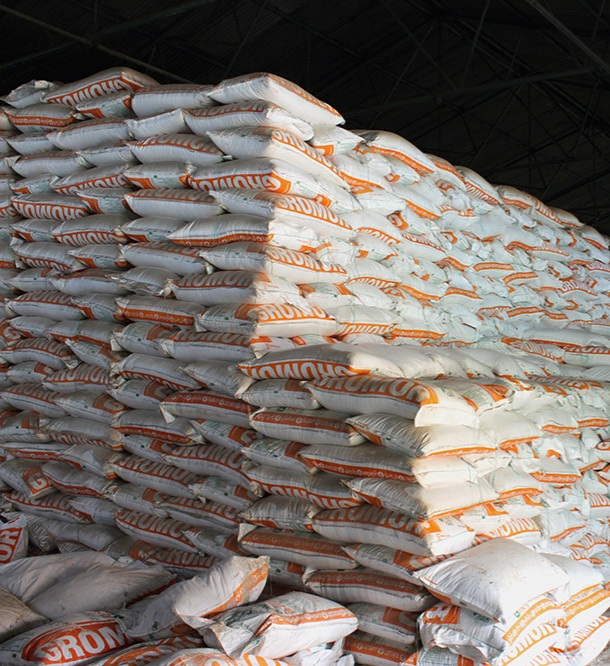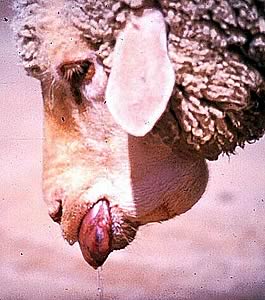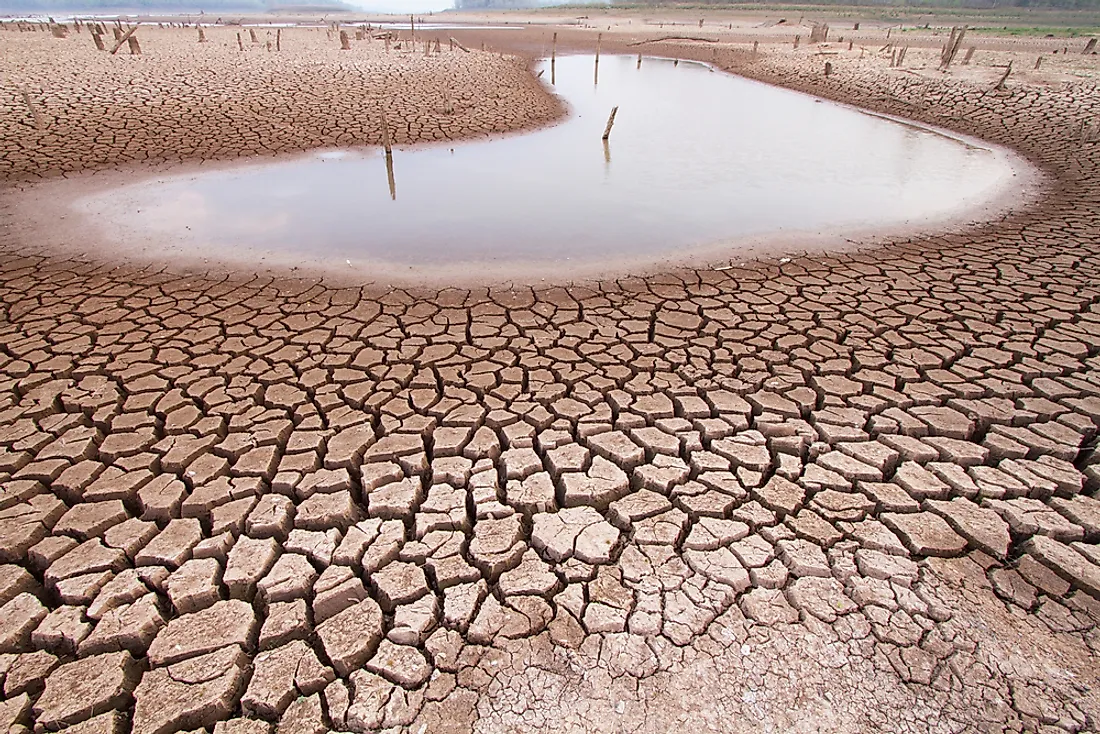Ntsoaki Motaung
Lesotho’s agricultural landscape is currently grappling with the harsh realities of El- Niño, an impending crisis forewarned by the Lesotho Meteorological Service (LMS) last year.
As the anticipated effects materialise, farmers are feeling the brunt of the drought’s severe consequences.
In August 2023, Minister of Agriculture, Food Security, and Nutrition Thabo Mofosi issued a stark warning, predicting a drought around December 2024.
Recognising the urgency of the situation, he implored farmers to commence their summer cropping activities well ahead of schedule.
This precautionary measure aimed to counteract the expected dry conditions and minimise potential impacts on crop yields during the upcoming summer months.
One such affected farmer, Tsoloane Maphasa, engaged in commercial maize farming, shares the grim reality of the damage already visible in his fields.
Of the 46 acres he cultivates, usually yielding 20 tons under normal conditions, Maphasa estimates that 60 per cent of his produce has succumbed to the drought’s effects.
Annually, Maphasa generates approximately M150, 000 by selling his yield to the Disaster Management Authority (DMA).
However, this year’s drought has disrupted his usual harvest, leaving him concerned about the remaining 40 per cent of his crop.
“Despite proactive measures such as investing in drought-resistant seeds and fertilisers, the extremity of the drought leaves crops devoid of moisture and vulnerable to burning, that is my current reality and I am sure I am not the only one,” he said.
The reliance on the government’s Irrigation Master Plan as a solution adds to the uncertainty, with farmers eagerly awaiting progress updates.
Smart agriculture practices, including minimum tillage, are suggested alternatives, but Maphasa highlights the substantial investment required for the necessary equipment.
Motlatsi Cheba Ramakhetheng, a LENAFAU member producing cereal and livestock feed, echoes the sentiments of farmers relying on predictions.
Despite anticipating rain from December to February, the opposite occurred, leaving him unable to plant beans, a staple crop in his yearly agricultural activities.
The maize production outlook for Ramakhetheng is grim, with an expected decrease from over 15 tons to possibly less than two tons.
Ramakhetheng advocates for no-till ploughing methods and emphasises the need for extension workers’ support, lamenting the reluctance in their engagement.
He underscores the capacity-building gap, indicating that outdated technology prevalent in Lesotho hinders the farming industry’s progress.
In a proactive move to counteract El-Niño’s impact, the Disaster Management Authority (DMA) and the World Food Programme (WFP) secured a substantial M57 million fund in September last year.
This fund aims to safeguard lives and livelihoods, protect long-term development gains, and reduce the cost of humanitarian response.
Mamonaheng Monoto, Maseru District Disaster Manager at DMA, details the project’s focus on chronically vulnerable individuals in Mafeteng, Mohale’s Hoek, Quthing, and Thaba-Tseka districts, recognising their heightened susceptibility to the adverse impacts of climate change, particularly drought.
As Lesotho’s farmers navigate these challenging times, collaborative efforts and proactive initiatives become crucial for mitigating the immediate effects of El Niño and building resilience for the future.

Your Trusted Source for News and Insights in Lesotho!
At Newsday Media, we are passionate about delivering accurate, timely, and engaging news and multimedia content to our diverse audience. Founded with the vision of revolutionizing the media landscape in Lesotho, we have grown into a leading hybrid media company that blends traditional journalism with innovative digital platforms.


